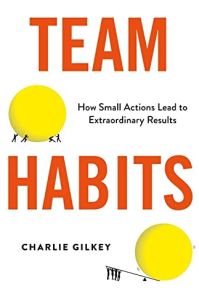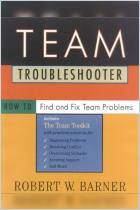Teams often struggle due to poor planning, confusing communication, a negative culture and a lack of clear goals. Sometimes, capable individual team members just can’t seem to work together smoothly. You can blame that kind of dysfunction on bad “team habits,” according to leadership expert Charles Gilkey. Those habits may include an inability to prioritize, a lack of cohesion and weak decision-making. He teaches you how to repair bad team habits – start with one and keep going since they’re all connected – and inculcate better practices. A former US Army officer, Gilkey presents his guidance with admirable straightforwardness.
When teams have bad habits, seemingly minor problems can become major disruptions.
Every office seems to have a broken printer that no one fixes even though it drives everyone nuts. Workers waste time tinkering with it, and it still leaves streaks on copies and eats sheets of paper. In the overall scheme of things, a busted printer may not be a big deal, but it turns out to be a constant irritant.
In a work setting, minor problems can generate major negative consequences. Of course, the larger problem with a broken printer isn’t a printer problem. The broken printer is only a symbol of all the small, fixable impediments your team faces. When you add up all the little problems of this nature, you find wasted materials, wasted time and demoralized workers.
Resolve to fix little problems, instead of letting them fester. For example, avoid “cc” emails. Office workers spend hundreds of wasted hours reading reply-to-all emails to see if they’re relevant. They seldom are.
Seek consistency in the channels your team uses to communicate. For instance, some supervisors use ...




























Comment on this summary